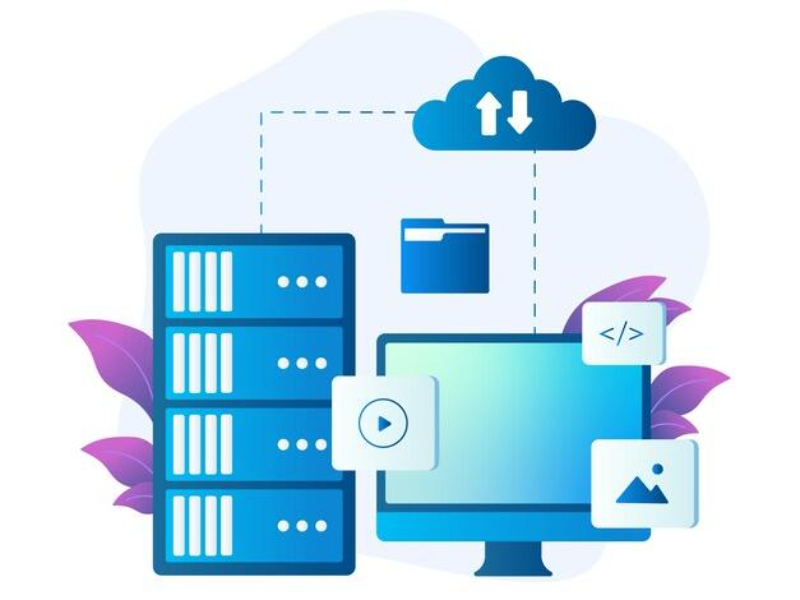- Serverless computing is a cloud computing model that allows developers to build and run applications without managing server infrastructure.
- It means that developers can focus on writing code while the cloud provider handles the server management.
Serverless computing has transformed the way applications are developed and deployed, enabling greater efficiency, scalability, and cost-effectiveness. However, many wonder how it works and what implications it has for software development and operations. In this blog, we explore the fundamentals of serverless computing, its benefits, and potential drawbacks.
What is serverless computing
Serverless computing is a cloud-based execution model where the cloud provider dynamically manages the allocation of machine resources. In this model, developers write functions that are triggered by events, and the cloud provider automatically provisions the necessary resources to execute those functions. This approach eliminates the need for developers to provision or manage servers, allowing them to focus solely on writing code.
Also read: Akamai connected cloud offers an approach to cloud computing
Function and applications of serverless computing
The primary function of serverless computing is to enable developers to deploy applications and services efficiently without worrying about the underlying infrastructure. Key components of a serverless architecture include functions as a service (FaaS), which execute code in response to specific events, and backend services that handle storage, databases, and APIs.
Serverless computing finds applications across various domains:
1. Web applications: Quickly develop and scale applications with fluctuating workloads.
2. Data processing: Efficiently process data streams in real-time, such as IoT data or social media feeds.
3. Microservices: Build and deploy individual services independently, enhancing modularity and scalability.
4. APIs: Create and manage APIs without the overhead of managing servers.
5. Chatbots: Build intelligent conversational agents that scale with user demand.
Also read: Who invented cloud computing?

Can serverless computing pose challenges
While serverless computing offers numerous advantages, it is not without challenges.
1. Cold starts: When a function is invoked after a period of inactivity, there can be latency as the cloud provider provisions resources, affecting performance.
2. Vendor lock-in: Relying on a specific cloud provider’s serverless services may limit flexibility and make it difficult to migrate to another provider.
3. Debugging and monitoring: Traditional debugging techniques may not apply, making it harder to monitor and troubleshoot serverless applications.
4. Resource limits: Serverless functions often come with execution time and memory limits, which can impact performance for resource-intensive tasks.
Hidden dangers of serverless computing
While serverless computing offers significant benefits, there are potential hidden dangers to consider.
Security is a major concern; serverless applications may introduce vulnerabilities if not properly configured. Since functions run in a multi-tenant environment, there is a risk of data leakage or unauthorised access. Additionally, the abstraction of infrastructure can lead to a lack of visibility into application performance and security issues.
Serverless computing represents a paradigm shift in how applications are built and deployed in the cloud. Understanding its principles, benefits, and challenges is crucial for developers looking to leverage this innovative technology effectively.

